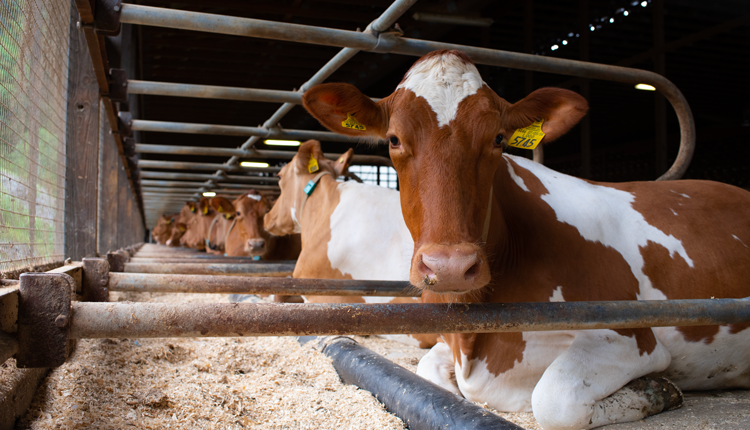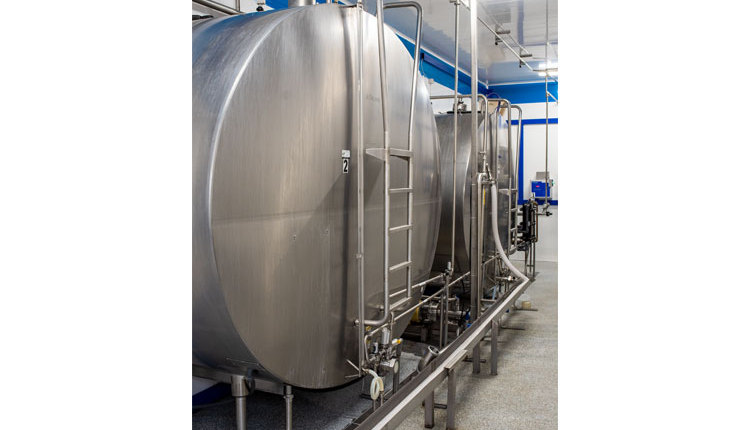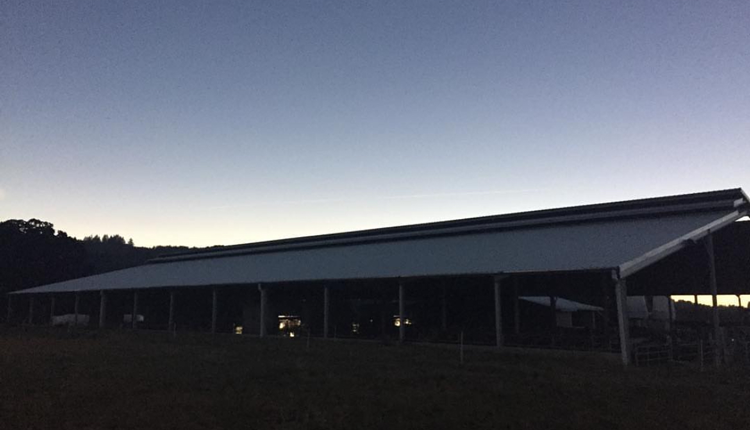Twenty years ago, a room full of farmers talking about land prices wouldn't have surprised anyone. But what about a room full of investors? On November 15, we attended the Federal Reserve Bank of Chicago's Rising Farmland Values: Causes & Cautions in downtown Chicago. The room was split about 50 percent investors/bankers and 50 percent people in agricultural fields. The Chicago Federal Reserve Bank is District 7, covering the southern portions of Michigan and Wisconsin, all of Iowa, and northern Illinois and Indiana. Speakers filled the day's slate to provide research, projections, and opinions on where farmland values are going, why, and what to expect long-term. Below are some quotes stated during the conference; we hope they help you determine what your best bet is for land prices:
- Chicago Federal Reserve's David Oppedahl:
- Late 1970's corn would be $30 per bushel in 2008 dollars. So today's prices are relatively, not record-setting.
- Farmland prices increased by 25 percent over 2010 in the third quarter. Specifically by state, Iowa 31 percent, Indiana 29, Illinois 23, Wisconsin 17, and Michigan 16.
- Jennifer Ifft of USDA-ARS did a study on the percent of rural land that is influenced by urban areas:
- About 17 percent of land nationally is urban-influenced. In the Federal Bank District 7, about 27 percent is.
- She concluded that urban influence is not a contributor of the run-ups in the past five years.
- Michael Duffy, Iowa State:
- Iowa land survey says 10 percent of land is in trusts, 43 percent of owners don't live on farmland, 55 percent are over 65 years old, and 35 percent are over 75.
- 12 percent of land buyers were investors in 1991. In 2006 that jumped to 39 percent, but it is back to 23 percent in 2010.
- 56 percent of farmers rent no land (in Iowa). 24 percent of farmers rent 75 to 100 percent.
- Crop sharing as a form of rent is shrinking. It was at 20 percent in 1982 and has shrunk slowly to 13 percent in 2007. This could be bad for beginning farmers as it limits land access.
- But beginning farmers also hurt themselves; they want to own all their land immediately, limiting their options.
- Federal Reserve Bank of Chicago:
- The 25 percent year of year gain in agricultural land value in 2011's third quarter is the largest in three decades.
- The 7 percent increase in the value of good farmland is the highest since the 1970s.
- Brent Gloy, Purdue University:
- Over 70 percent of farmland sales are farmer to farmer.
- How much time has corn really been north of $6 per bushel?
- Big biofuel demand increases are likely over. Demand will level by 2015.
- Is it really food versus fuel, or food versus pheasants? We have 30 million acres in CRP today.
- Perry Vieth of landholding company Ceres Partners:
- 10 percent of ethanol is exported, and none of that receives a blenders credit. This shows that ethanol will continue to have a market without subsidies.
- I have talked to two people in the fuels industry. They told me a rough breakeven formula for ethanol plants: Take the oil price, divide it by 10, and subtract $3. In other words, at $100 per barrel, the breakeven is $7 corn. At $50, it would be $3.50.
- Is there a farmland bubble? No, it depends on the price of each individual farm and acre.
- When we export corn to China, we are really exporting some of our water as they are deficient.
- Leland Strom, Farm Credit Chair and CEO: We are often asked if there is an asset bubble. I just want to say these unprecedented times warrant extreme caution. We all face risk in prosperity.
- Kim D. Greenland, Great Western Bank:
- There is no evidence that this [rise in farmland prices] is caused by credit.
- Unknown: Only 1.3 percent of land changes hands each year.











